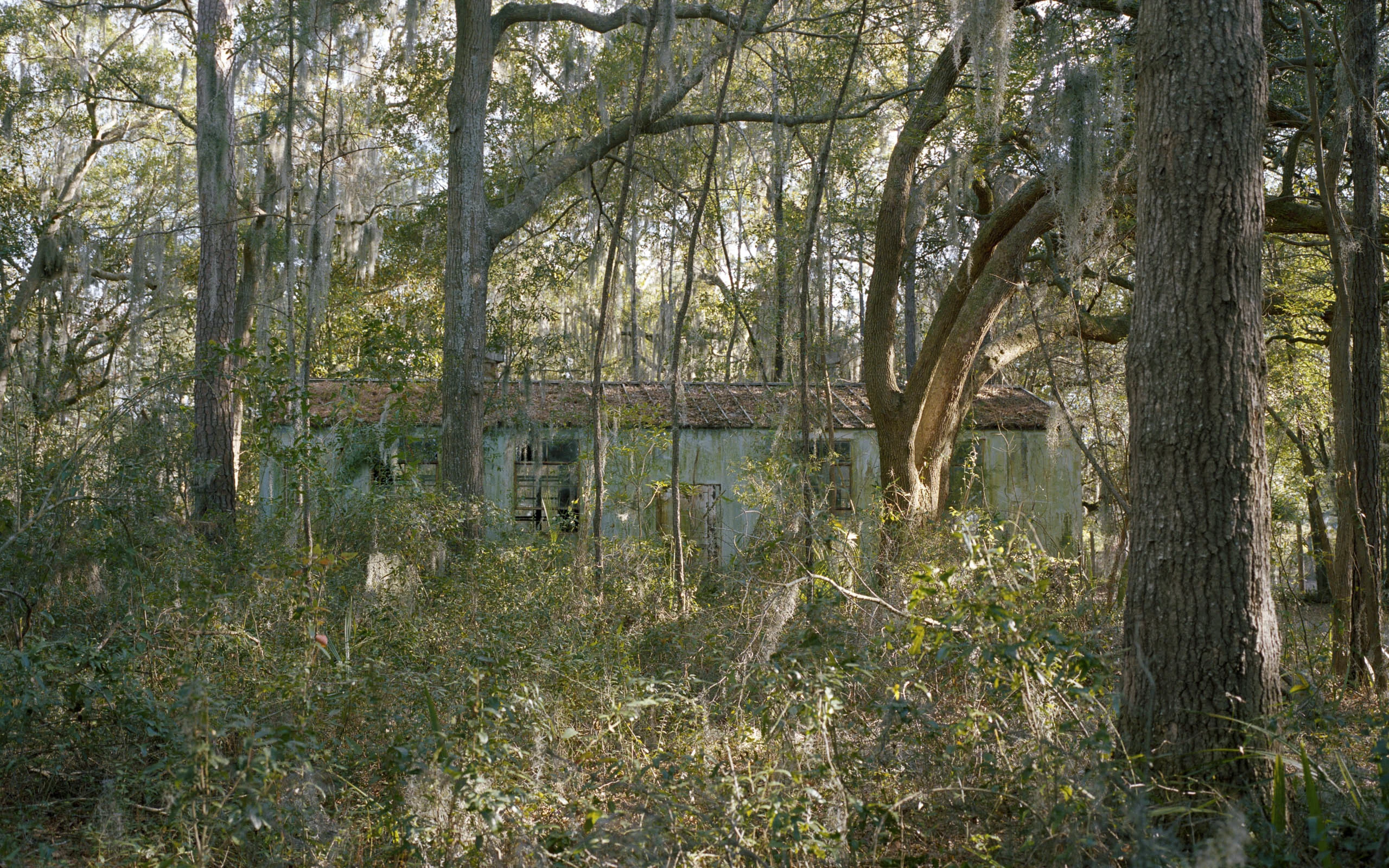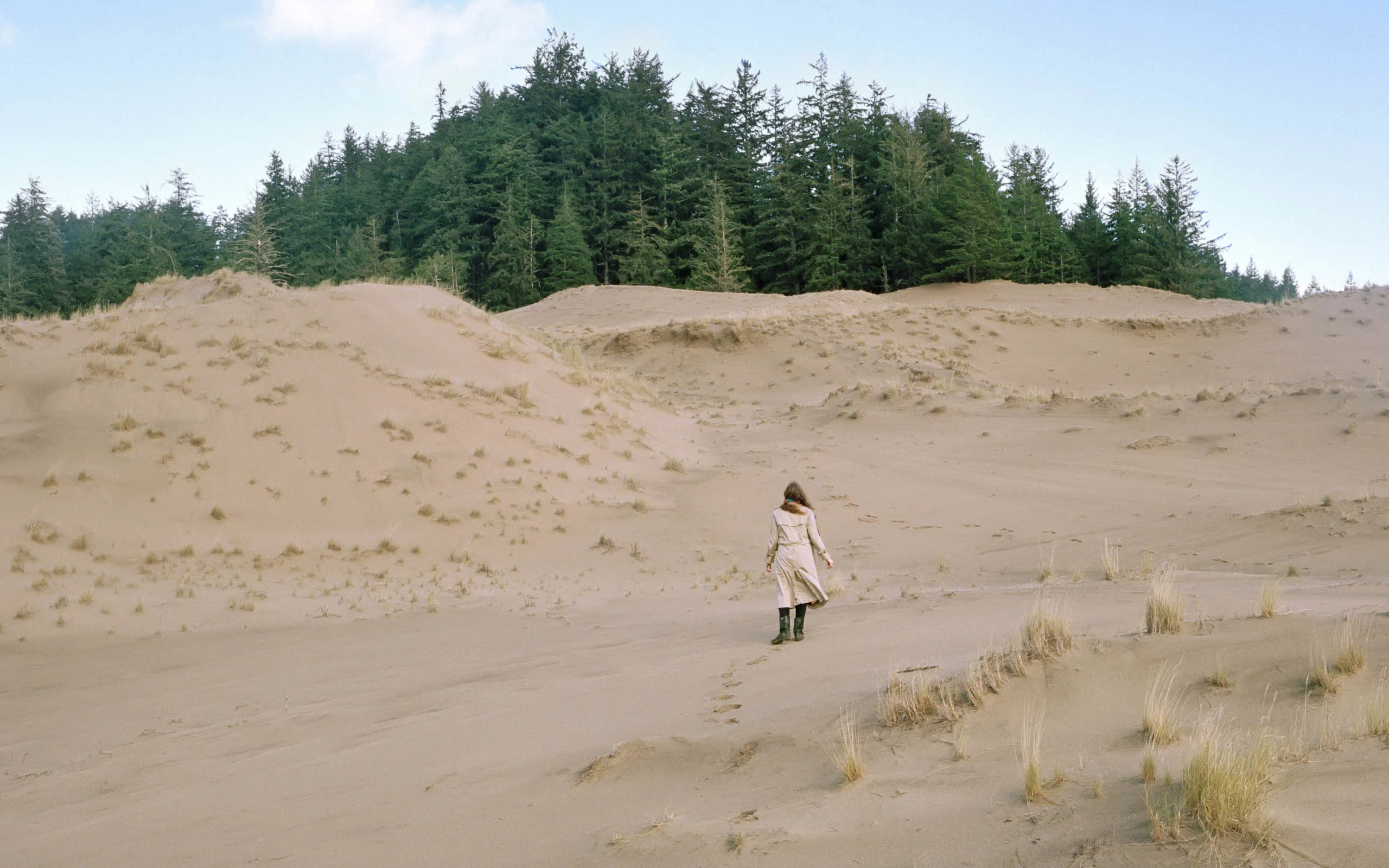
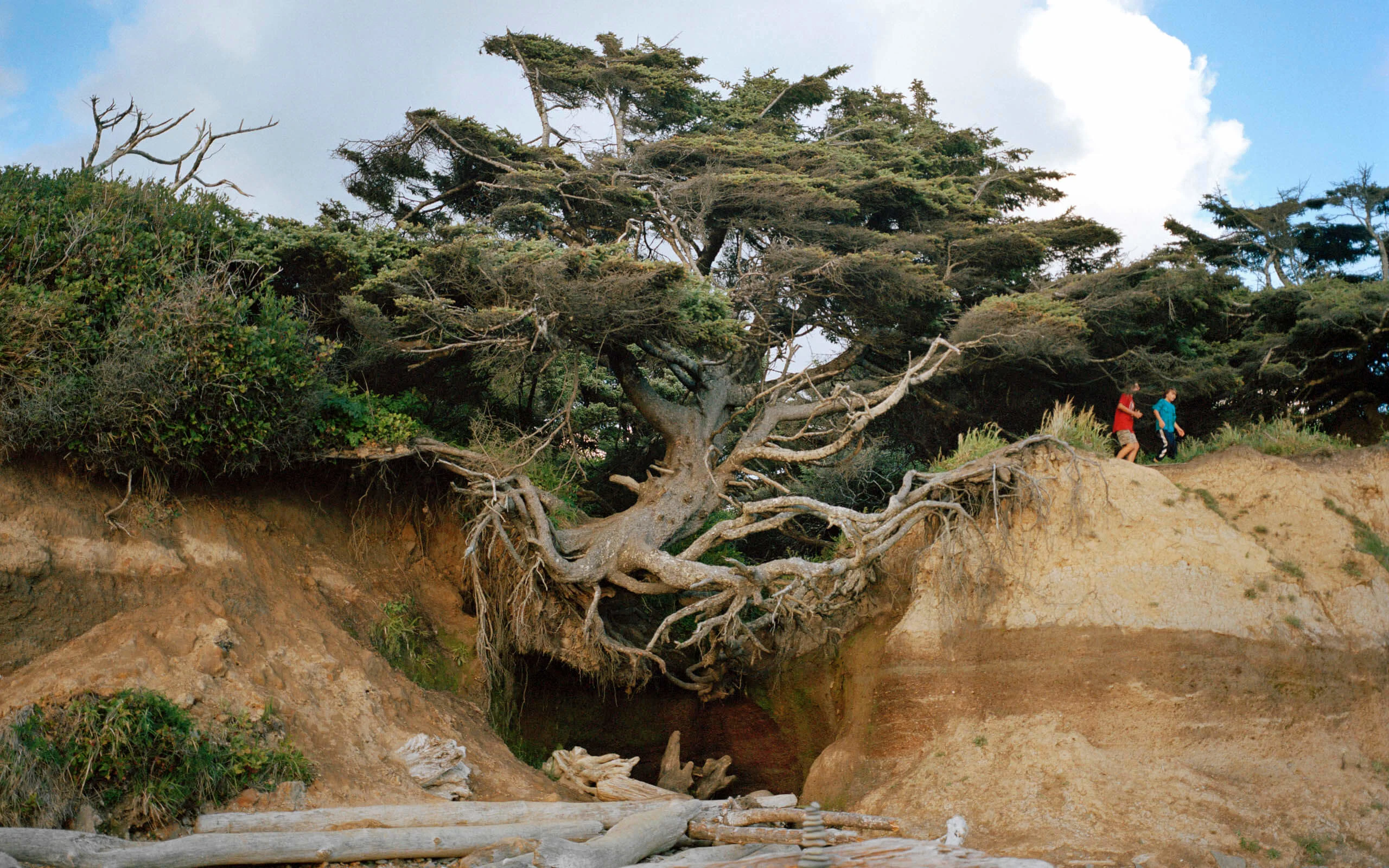
Photographer Anna Beeke was conceived in the densely forested San Juan Islands in Washington State. So she has always been fascinated by forests, both as a part of her own origin story and in their wider cultural meaning. Armed with her camera, she went down to the woods to capture the magic and the mystery of these centuries-old places.

The series later became her intriguing photobook Sylvania (forest land in Latin). It pictures the woods as we know it well – deserted, mysterious and sometimes a bit eerie. But it also captures more surprising scenes - woodworkers who could have stepped straight from the pages of a fairytale, or a huge silo “camouflaged” with paintings of trees, strangely more obvious by its efforts to blend in.
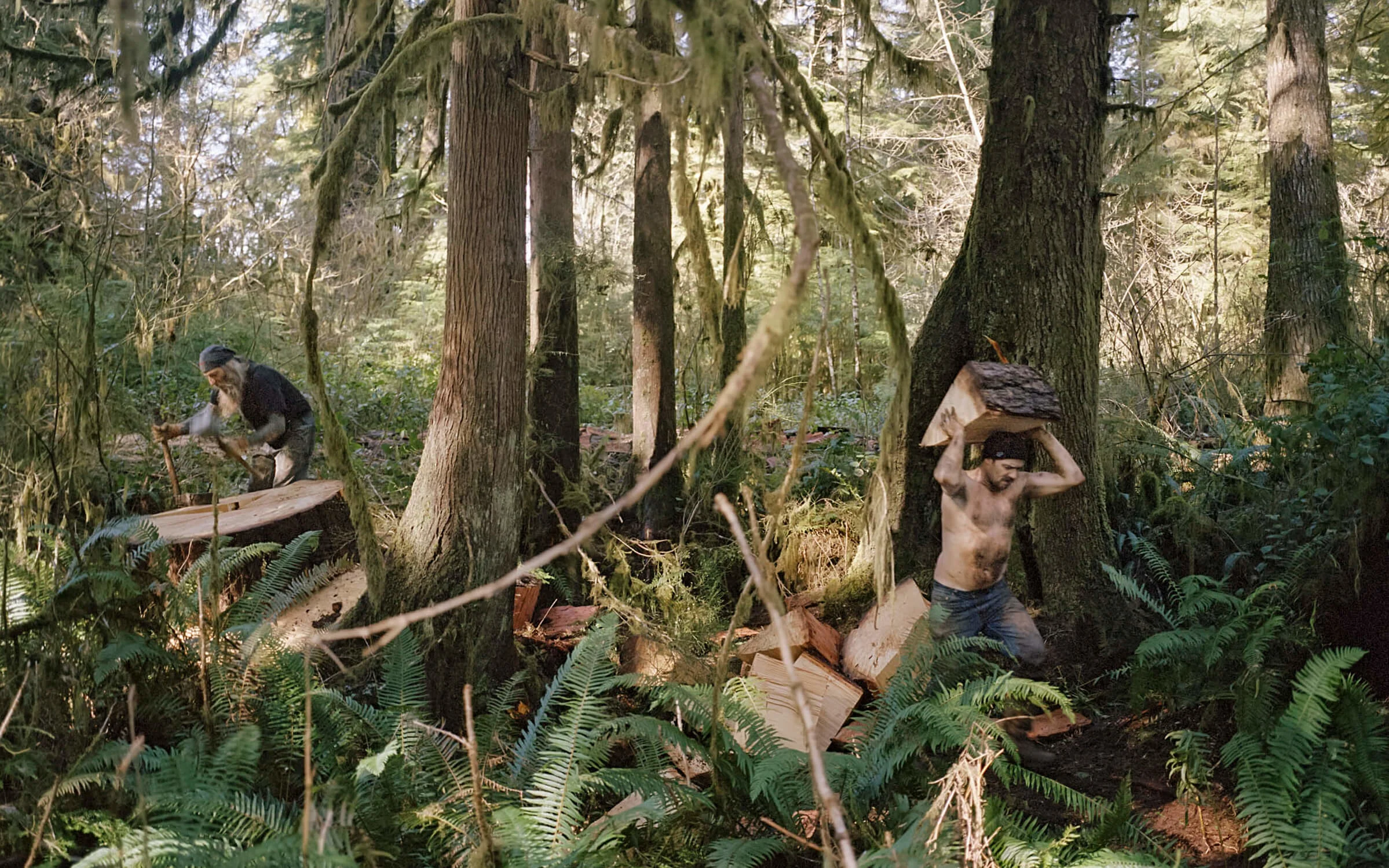
Though some of her images represent man’s interaction with the forest, the project steers decidedly away from an environmentalist agenda. “Though I care deeply about the environment and the protection of our remaining wild places, the images that made the cut were more timeless than timely,” Anna explains.
As an English major, she was influenced by the forest as it appears in literature throughout the ages – from the Brothers Grimm and Shakespeare to Rudyard Kipling’s The Jungle Book. But rather than reference scenes from any one story, she meditated on what they tell us as a whole about the forest’s place in our collective imagination.
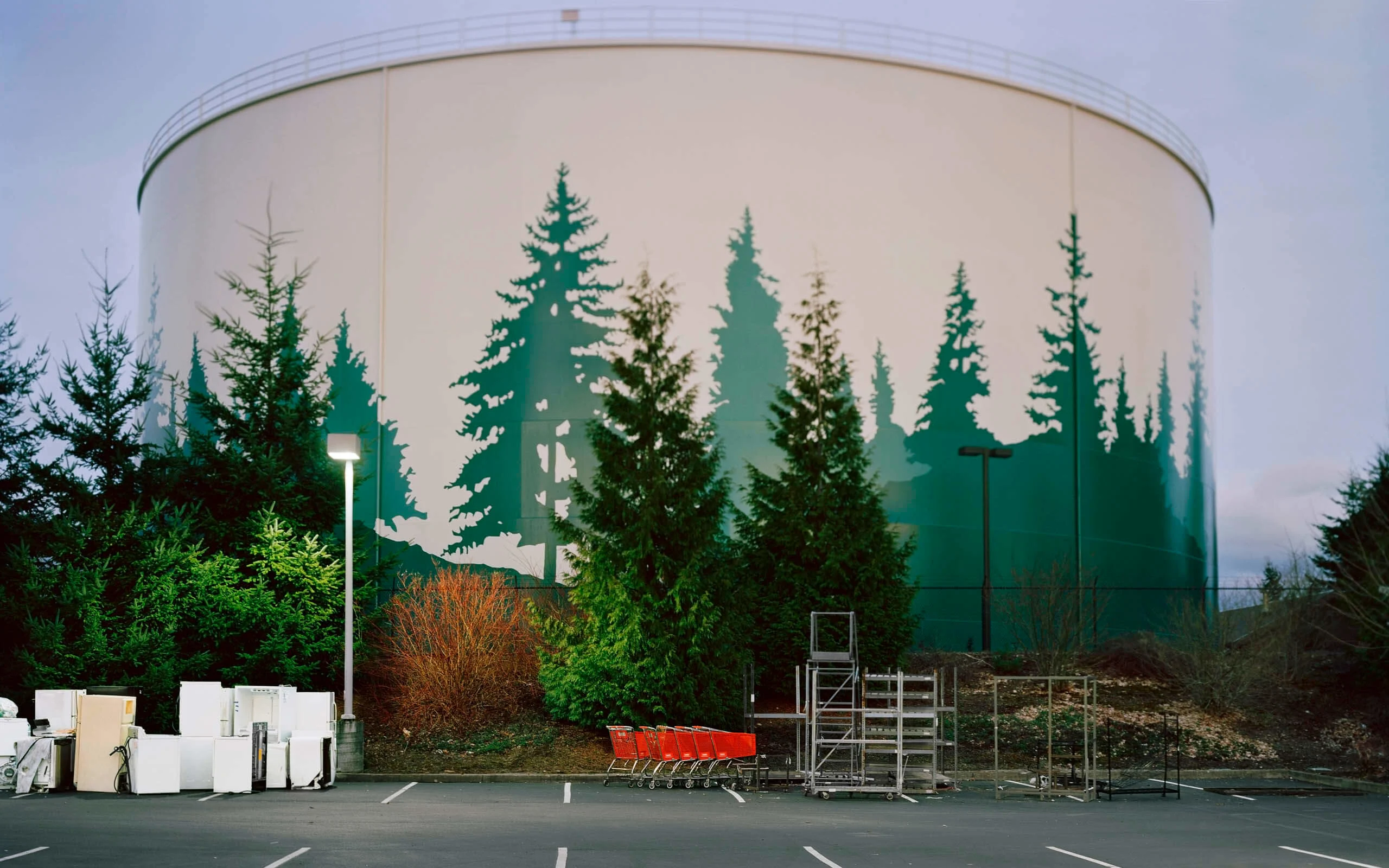
For this series, Brooklyn-based Anna travelled across the US, photographing forests from Oregon to Louisiana. While the woods in each place differed dramatically, what she searched for stayed the same – images that convey the universal meaning and myth of forests. “I was looking for a lot of things, but most of all I was looking for the things I could not anticipate, the things you only find by walking deep into an unknown wood.”
In this sense, she was looking for something psychological; scenes that represent the contradictory elements of the forest – light and dark, good and evil, chaos and order.
Even the way the work is presented ties into her theme. Anna sees a parallel between paging through a book and walking through a forest. “A photo book reader rarely views every single page in succession; they more often flip to random pages, or start from the back,” she says.
“I like to think that the experience of this book is like walking through an unknown forest and choosing your own path, unaware of what lies beyond the next tree. On one page you might find an overgrown satellite dish, on the next you might encounter another person, but most often you are alone.”
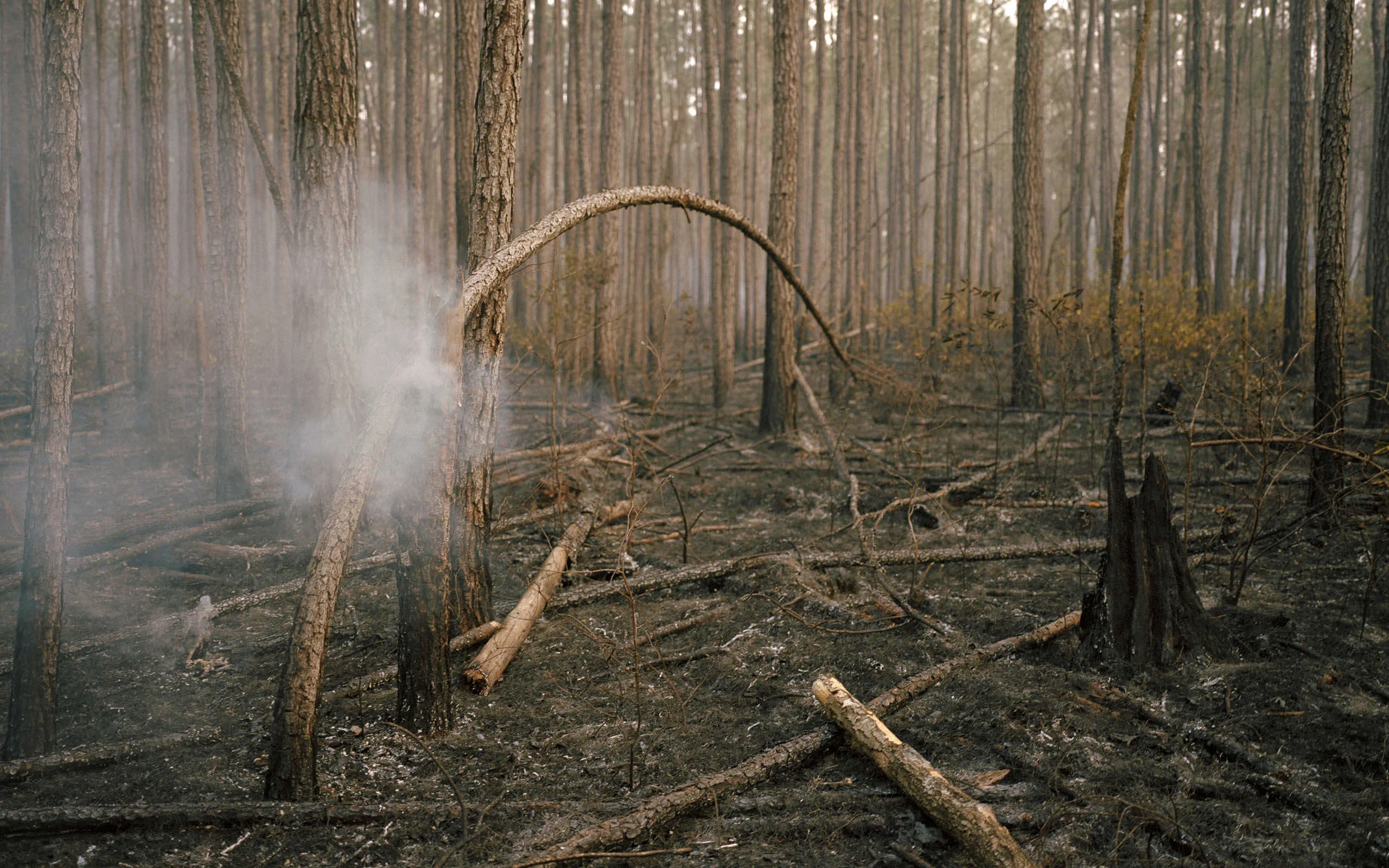
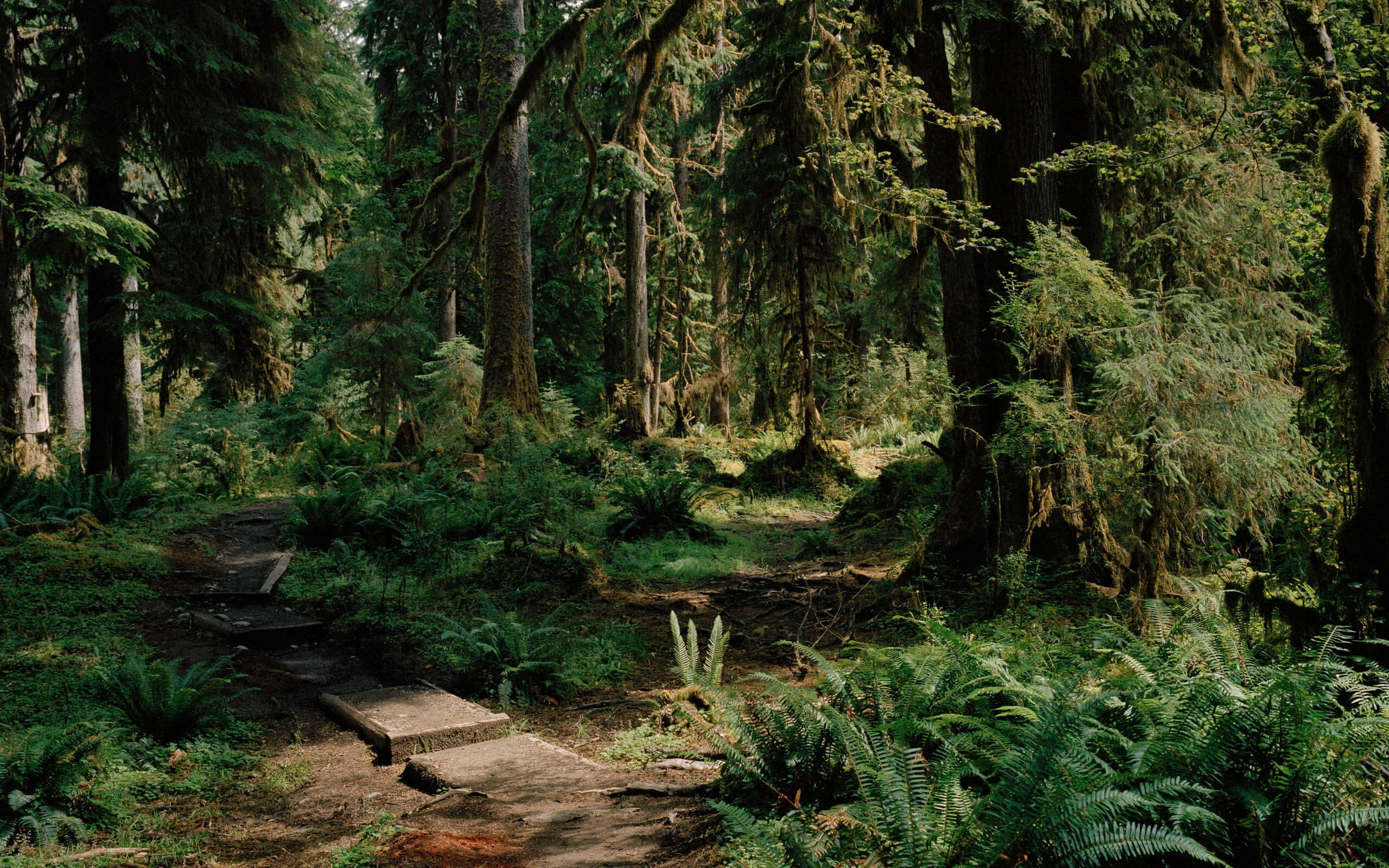
She attempted a shot list once, including items like “the last ray of light before sundown filtering through the canopy,” or “the place where wilderness meets civilisation,” but for the most part she wandered into the woods and photographed unplanned discoveries.
“I realised early on that I was fashioning my process after the stories,” she says. “Undertaking the archetypal hero’s quest – going out into the woods in search of adventure or the unknown, returning to the real world triumphant, with photographs as my prize.”

